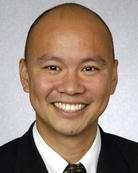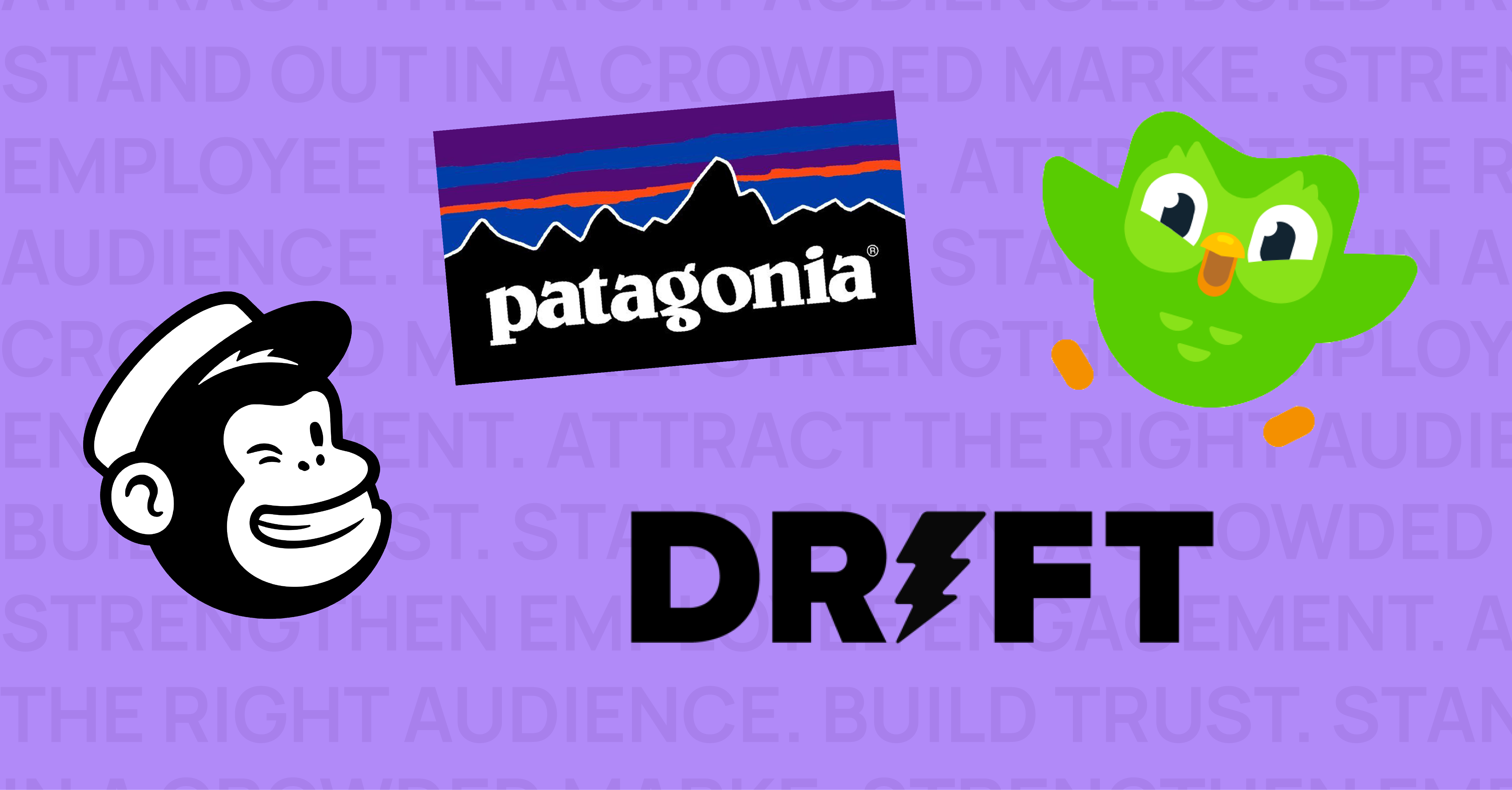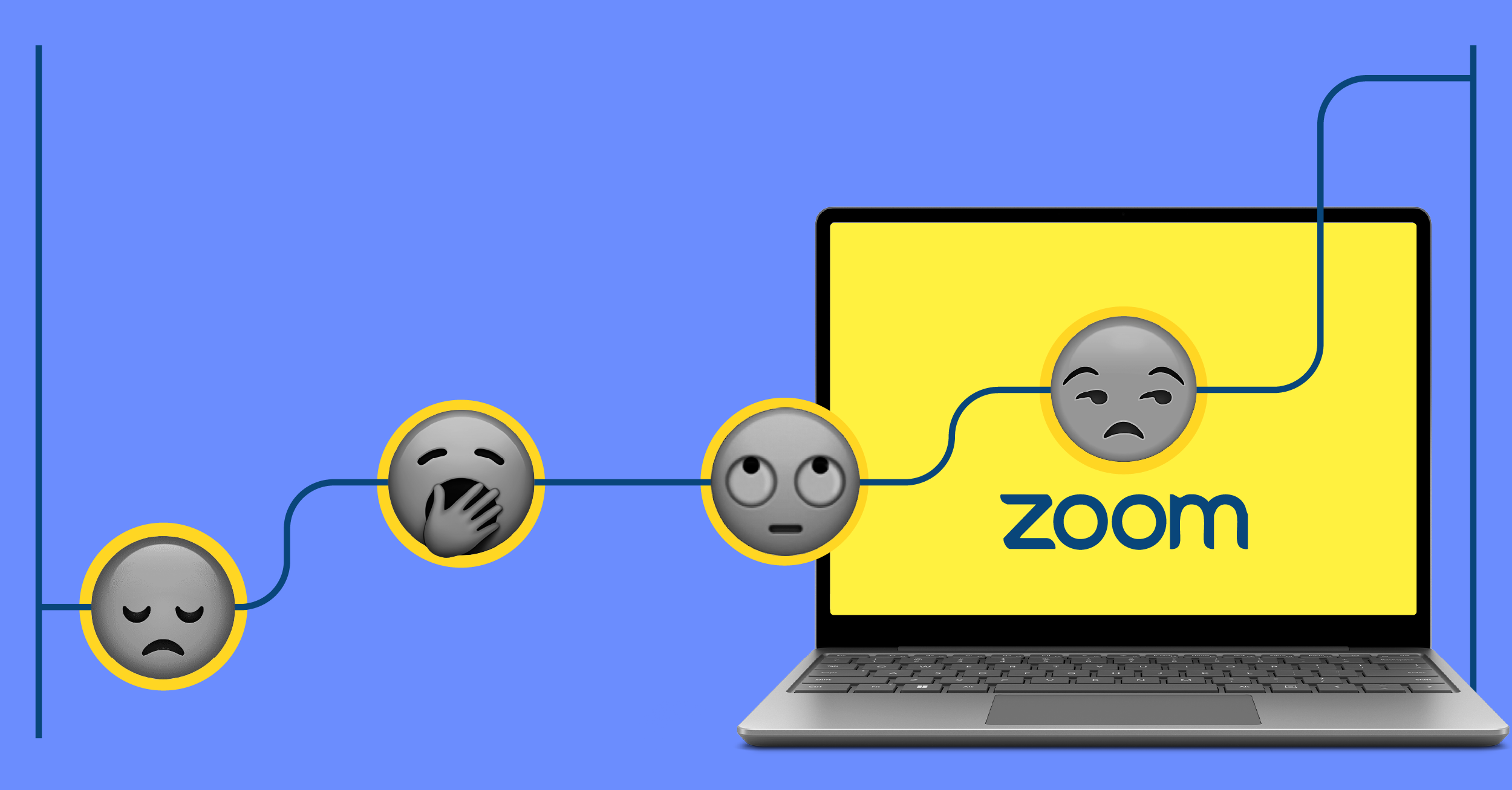Here at Hencove, we are fortunate to work with many businesses in the healthcare industry craft and share their brand stories. To be effective, we rely on a deep understanding of the industry and competitive landscape. And to stay sharp, we’re constantly reading, listening and asking questions.
Recently, we sat down with Chi Huang, MD, Associate Chief Medical Officer at Lahey Hospital – Burlington in Massachusetts to get his thoughts on the healthcare industry. Officially, Chi is a clinician and hospital administrator; unofficially, he is an aspiring entrepreneur and healthcare innovator.
The Reasoning Behind Value-Based Care
Chi has been in the industry for more than 20 years and has seen the transition from fee-for-service to value-based care, and has observed the challenges organizations face as a result. A decade ago, issues like quality improvement and patient safety were not top-of-mind for healthcare executives, but today they are front-and-center. The shift in healthcare economics has brought renewed attention to these issues from the boardroom to the bedside.
But, the change in emphasis from volume to value has helped people managing hospitals recognize the areas for improvement in their facilities. Chi recognized the reality of the dangers of a hospital; patients should be treated for acute needs in hospitals and transferred as appropriate to post-acute care or home care. This approach creates more space for personalized, attentive and coordinated care to help ensure patients have better outcomes—a sure-fire way to improve quality and lower costs.
The Outlook for Value-Based Care
Value-based care is by no means settled, and Chi believes the key to even further improvement lies in population health. Being able to identify patients that need the care most, and follow along as that changes, unlocks efficiencies and allows healthcare providers to make smarter decisions about where to invest resources.
Chi believes the “value” of value-based care will not be solely wrapped up in the patients, but also the clinicians and caregivers. Within the next decade, we could see a better balance between the specialists, general internists, primary care providers, advanced practitioners, nurses, and health/wellness coaches. Currently, the work of specialists is perceived to be of greater financial value than the work of other physicians in the industry.
Hurdles Facing Clinicians
Though doctors go into healthcare to help people, they sometimes get the short end of the stick. Chi noted that some of the biggest challenges facing clinicians are:
- Burnout – Many physicians are overworked and undervalued. In 2012, the burnout rate among doctors was 45%, and it has increased to 54% since then. Depression is also a common result of caring for so many others—about 39% of doctors suffer from depression.
- EHRs – These medical record systems get a lot of flack in the healthcare industry, but Chi thinks they truly are a good thing; at least in purpose. However, he is quick to point out that in their current forms, most of the platforms are lacking and need significant advancements before they truly enhance a clinician’s job, and not become a hindrance as they are today.
What About the Patients
Like nearly all clinicians, the best part of Chi’s work is, “Speaking with patients and learning about their life.”
One of his biggest concerns for patients is that they don’t always have access to the best information to make care decisions. “Patients today have access to more information, but not necessarily the right information.” For example, in shopping around for the best doctors, patients often turn to rating systems that liken themselves more to popularity contests than systematic reviews. And, “Dr. Google” can often do more harm than good in providing clear answers for patients.
Resources for Clinicians
It seems like every day a new company launches whose mission is to improve care, the patient experience, or enhance a clinician’s ability to be effective. Chi believes the most useful types of platforms are:
- Predictive analytics for population health – The value of knowing which patients to focus on and where to concentrate resources makes predictive analytics helpful to healthcare as a whole, not just individual systems.
- Patient leakage and tracking tools – Solutions that help doctors figure out where their patients are and help reduce the number of out-of-network care events can greatly help them improve quality and reduce costs.
- Telehealth – Particularly useful to help with healthcare access in rural communities. Additionally, wearables provide a lot of useful data—providers just have to know what to do with it.
We are grateful that Chi took time out of his schedule to chat with us and are glad to share his insights with others.

Dr. Chi Huang is the Associate Chief Medical Officer of Lahey Hospital – Burlington and Chairperson of the Department of Hospital Medicine at Lahey Health. He currently has leadership and oversight of the majority of in-patients at Lahey Hospital Burlington, Lahey Hospital Peabody, Beverly Hospital and Addison Gilbert Hospital.



